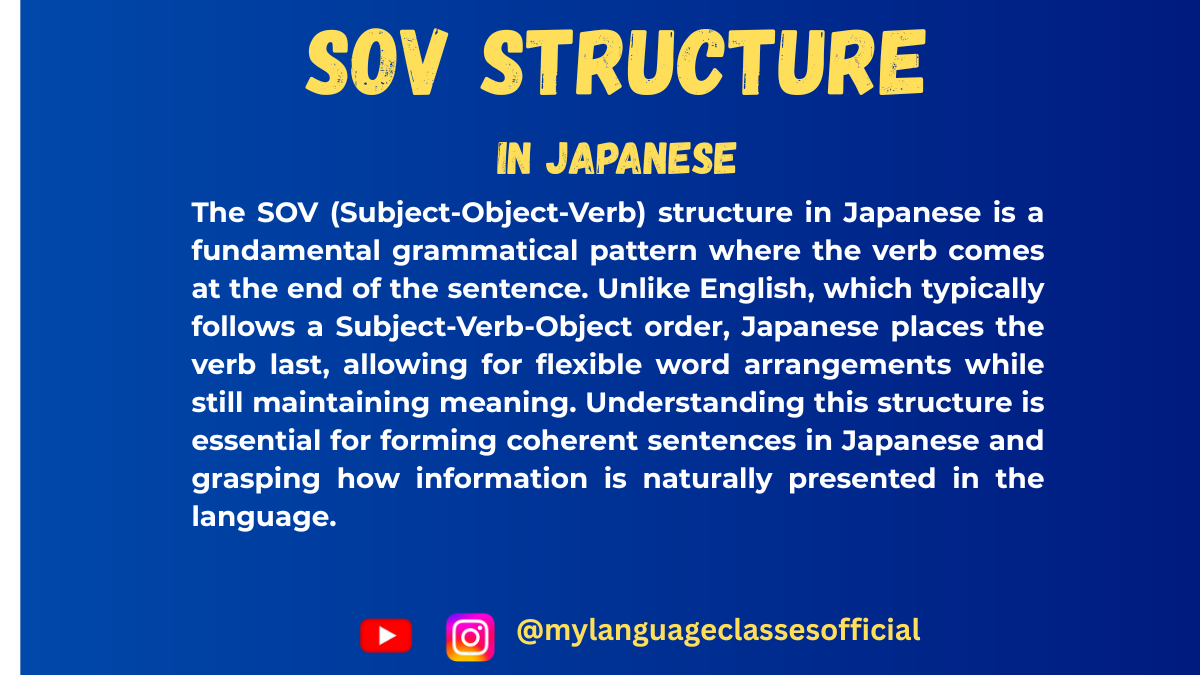Your cart is currently empty!
Tag: how to structure japanese sentences for beginners

Japanese Sentence Structure (SOV): (Rules, Examples, and Exercises)
Understanding Japanese SOV Structure
Have you ever wondered, “How do Japanese sentences work?” or “Why do Japanese words seem out of order compared to English?” If you’ve asked questions like these, … Read more

